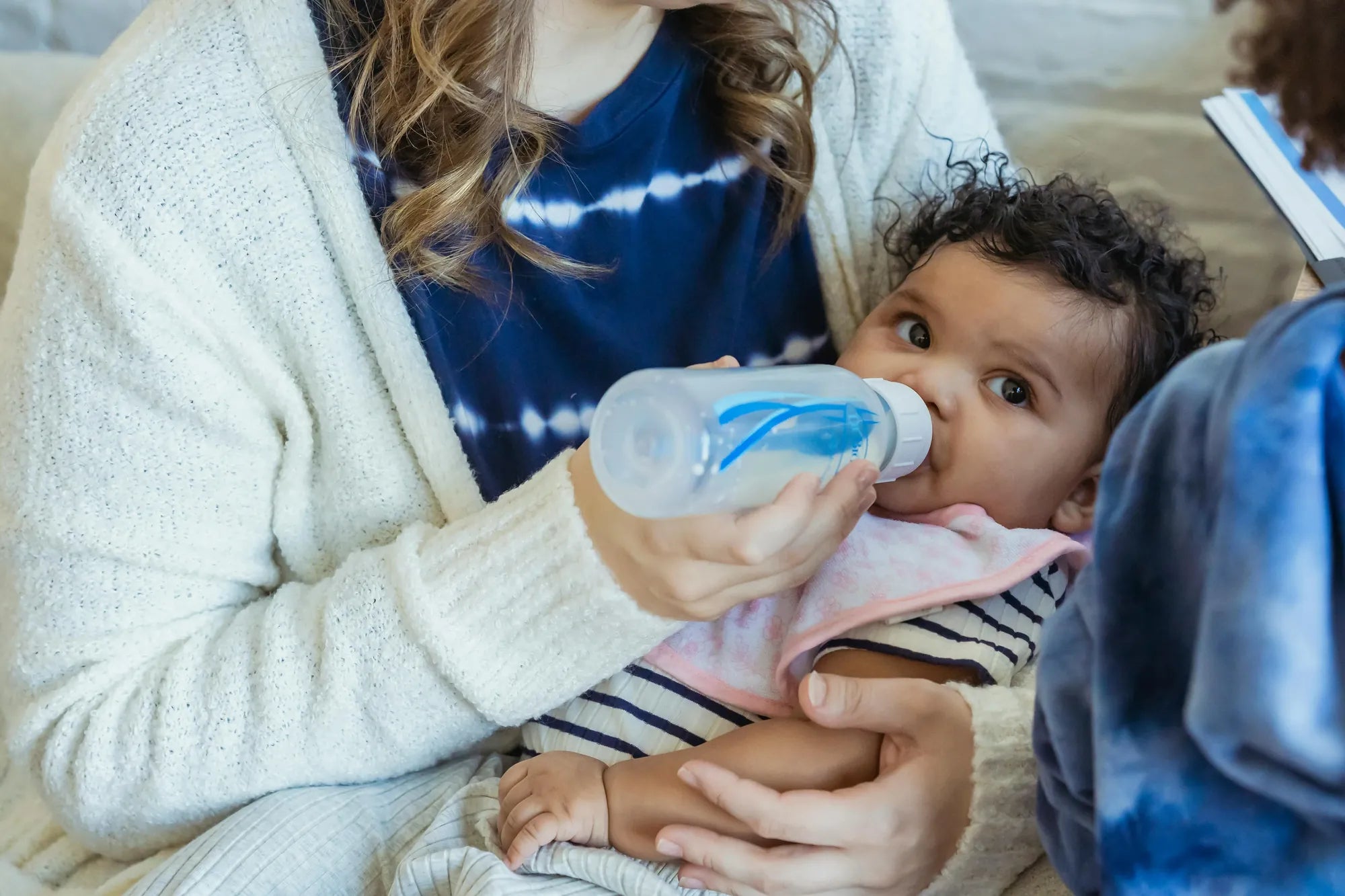Home
Pregnancy, Breastfeeding, and Pumping: The Ultimate Guide for Moms
How to Sterilise Silicone Breast Pump: A Comprehensive Guide

How to Sterilise Silicone Breast Pump: A Comprehensive Guide
Ensuring the cleanliness of your silicone breast pump is crucial for your baby's health and your peace of mind. Sterilising your breast pump properly can prevent the growth of harmful bacteria and ensure that your baby is consuming milk that is safe and free from contaminants. This guide will walk you through the best methods to sterilise your silicone breast pump effectively.
Why Sterilising Your Silicone Breast Pump is Important
Sterilising your silicone breast pump is essential to eliminate any bacteria, viruses, or other pathogens that may be present on the surface of the pump. Babies have delicate immune systems, and exposure to harmful microorganisms can lead to infections or illnesses. Regular sterilisation ensures that your breast pump remains hygienic and safe for use.
Methods to Sterilise Your Silicone Breast Pump
There are several methods you can use to sterilise your silicone breast pump. Each method has its own advantages, and you can choose the one that best suits your needs and lifestyle.
Boiling Method
Boiling is one of the most common and effective methods to sterilise a silicone breast pump. Here’s how you can do it:
- Disassemble the breast pump completely, separating all parts that can be taken apart.
- Place the parts in a large pot and fill it with enough water to fully submerge them.
- Bring the water to a rolling boil and let it boil for at least 5 minutes.
- Use clean tongs to remove the parts from the water and place them on a clean, dry towel to air dry.
This method is simple and doesn’t require any special equipment, making it a popular choice for many parents.
Steam Sterilisation
Steam sterilisation is another effective method that uses high-temperature steam to kill bacteria and other pathogens. You can use a dedicated steam steriliser or a microwave steam sterilisation bag:
- Disassemble the breast pump and place the parts in the steriliser or bag.
- Follow the manufacturer’s instructions for the steriliser or bag, ensuring that the parts are exposed to steam for the recommended time.
- Allow the parts to cool before removing them, and let them air dry on a clean towel.
Steam sterilisation is quick and convenient, especially for busy parents who need to sterilise their breast pump multiple times a day.
Cold Water Sterilisation
Cold water sterilisation involves using a sterilising solution or tablets dissolved in water. This method is ideal for parents who prefer not to use heat:
- Disassemble the breast pump and place the parts in a clean container.
- Fill the container with cold water and add the sterilising solution or tablets according to the instructions.
- Soak the parts for the recommended time, usually around 30 minutes.
- Remove the parts and rinse them thoroughly with clean water before allowing them to air dry.
Cold water sterilisation is gentle on silicone and doesn’t require any heat, making it a safe option for your breast pump.
Tips for Maintaining a Sterile Silicone Breast Pump
Sterilising your breast pump is just one part of maintaining its cleanliness. Here are some additional tips to ensure your breast pump remains sterile and safe for use:
- Always wash your hands thoroughly before handling the breast pump or its parts.
- Clean the breast pump immediately after each use to prevent milk residue from drying and becoming difficult to remove.
- Store the breast pump in a clean, dry place, preferably in a sealed container or bag to protect it from dust and contaminants.
- Replace any worn or damaged parts of the breast pump promptly to ensure it functions properly and remains hygienic.
Common Mistakes to Avoid When Sterilising Your Silicone Breast Pump
While sterilising your breast pump is straightforward, there are some common mistakes that can compromise its effectiveness:
- Not disassembling the breast pump completely before sterilisation, which can leave some parts unsterilised.
- Using harsh chemicals or abrasive cleaning tools that can damage the silicone material.
- Not rinsing the breast pump thoroughly after using a sterilising solution, which can leave behind harmful residues.
- Storing the breast pump in a damp or dirty environment, which can reintroduce bacteria and contaminants.
By following these guidelines and avoiding common mistakes, you can ensure that your silicone breast pump remains clean, safe, and effective for your baby’s needs. Sterilising your breast pump is a simple yet crucial step in maintaining your baby’s health and well-being, giving you peace of mind as you provide them with the best possible care.
Share
